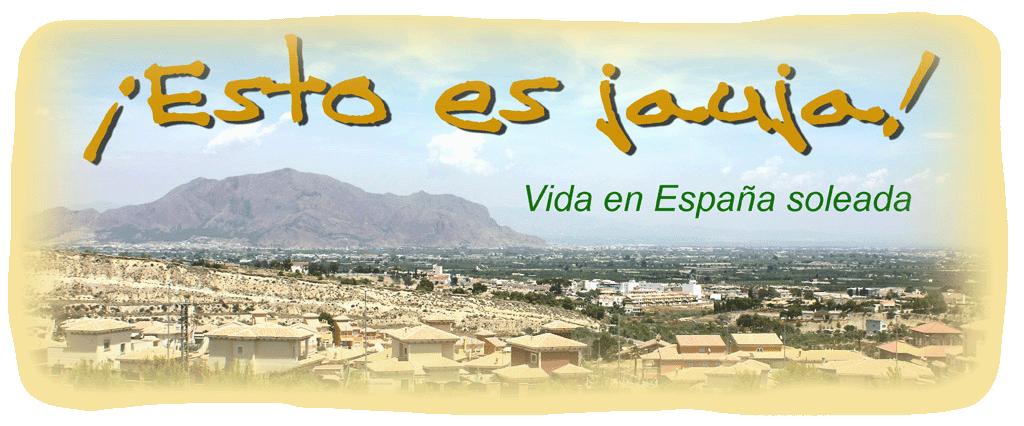Alistair Darling, Chancellor of the Exchequer in England, is poised to announce a temporary cut (for one year) in VAT from 17.5% to 15%. This will be the first time such a measure has ever been taken in Britain, in an attempt to boost consumer spending. Estimates suggest that the move could save the average family as much as £10 a week.
The rate of VAT was last changed in 1991, when Norman Lamont, the Tory chancellor at that time, increased it from 15 per cent to 17.5 per cent.
The package of proposed measures will largely be funded by increased government borrowing which could soar to £150 billion in three years. Of course there will come a time when this has to be paid back but that is for the future.
VAT is the only British tax to be regulated by the EU, although its receipts go to the government. Last night there were clear signals that Downing Street was hoping Britain's move would see other European countries following suit. Strong hint to Sr.Zapatero.
The Spanish equivalent of VAT is IVA (Impuesto sobre el valor añadido) and is currently set at three rates:-
- The standard rate of 16% for most goods and services.
- A reduced rate of 7% for certain goods and services, e.g. if you buy a newly built property from a developer, travellers transport services, etc.
- A super-reduced rate of 4% is applicable for goods and services considered as basic necessities; e.g. bread, eggs, cheese (essential food), newspapers and magazines, etc.
There are certain exceptions which are free of tax:-
- Medical services.
- Education.
- Cultural and sportive associations.
- Financial and insurance transactions.
- Renting rural or urban properties (except the rental of business premises)

No comments:
Post a Comment